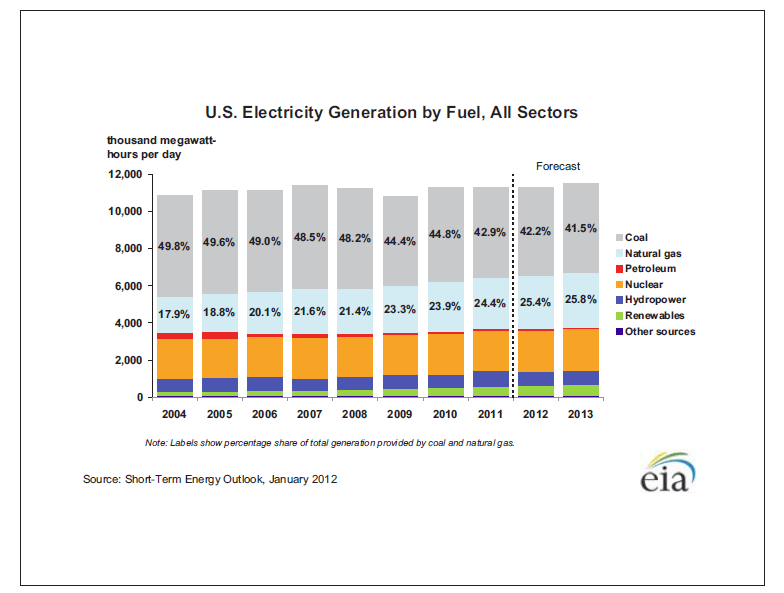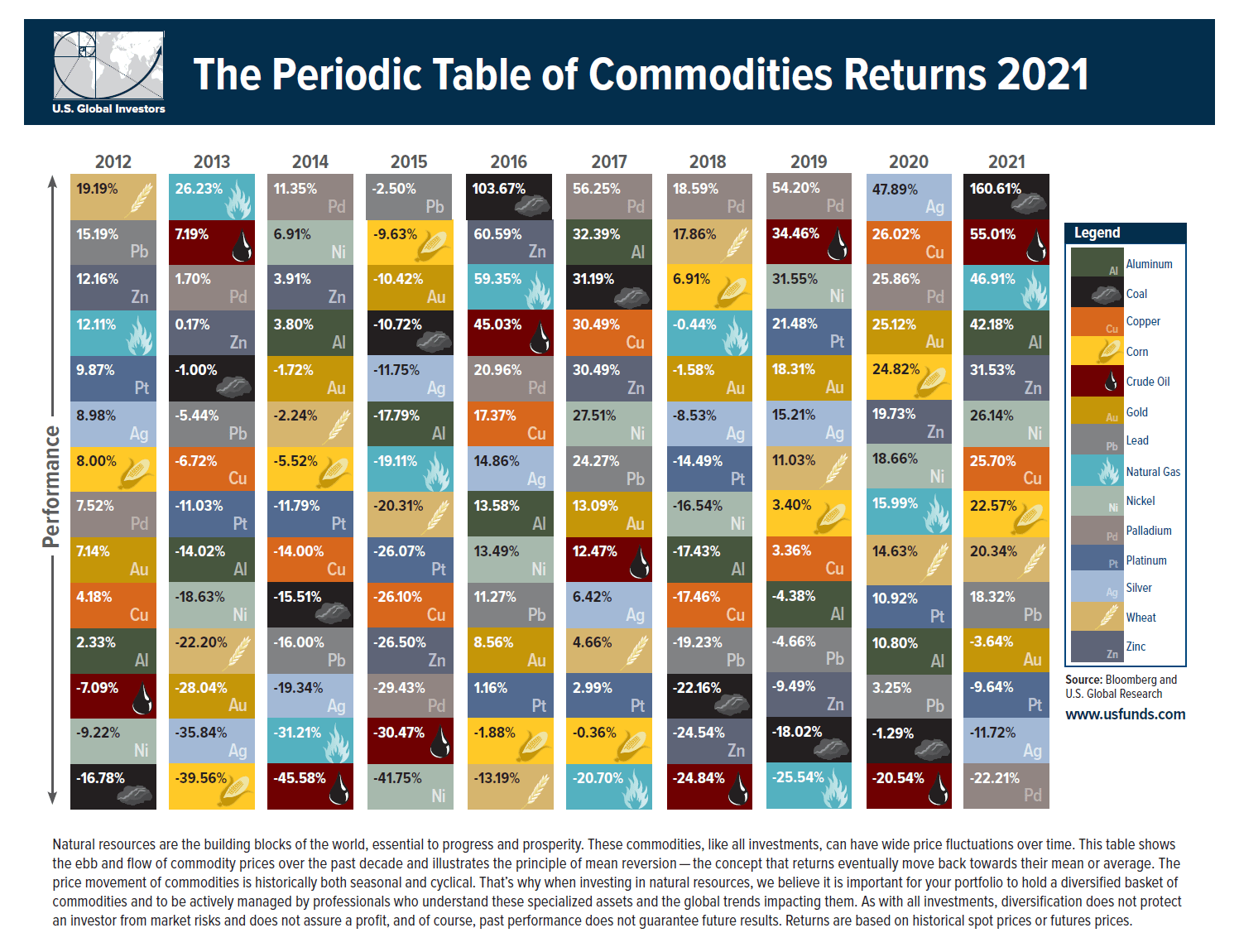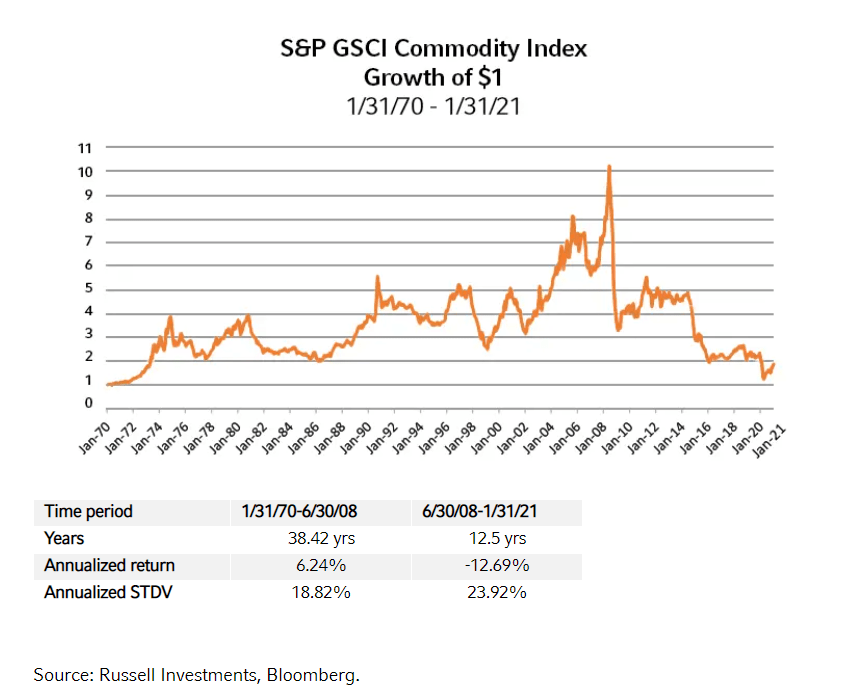Coal remains the major source of power generation in the U.S. Just over 42% of total power generated comes from coal-powered plants.With the rise of renewal energy and the use of natural gas for power production, the demand for coal is projected to decline slightly next year.However coal will continue to be the main fuel for electricity generation for many years to come.
Outside of the U.S., some countries rely heavily on sources other than coal for their electricity needs.One reason these countries avoid coal is that burning of coal pollutes the environment. Despite the pollution issue, power producers in the U.S. prefer coal since it is very cheap and is readily available in huge quantities.Unlike China or India, the U.S. does not need to import coal from other countries.In an innovative marketing move, the coal industry has even started calling the regular, black and dirty stuff as “Clean Coal” to imply that coal is somehow “clean”.
Brazil produces produces most of its electricity from renewable sources.According to a report, an astonishing 88.8% of power produced there in 2011 came from renewable sources. Brazil is also a net exporter of electricity to neighboring countries. Among the developed countries France produces 78% of its electricity from nuclear energy. Coal contributes just 3.9% of the total French power production compared to over 42% in the U.S. Our neighbor Canada generates 60% of power from hydro power.
The chart belows shows the U.S. electricity generation by fuel type:
Click to enlarge
Source: Short-Term Energy Outlook. U.S. EIA, January 2012
Since 2004 the use of coal for power production has declined by about 8%.
Some of the top U.S. coal companies that investors can consider are Arch Coal(ACI), Alpha Natural Resources (ANR) and Peabody Energy Corporation (BTU).
Another easy way to invest in coal is via the Market Vectors Coal ETF (KOL). Currently the fund has an asset base of about $174 Million.
Disclosure: No Positions




